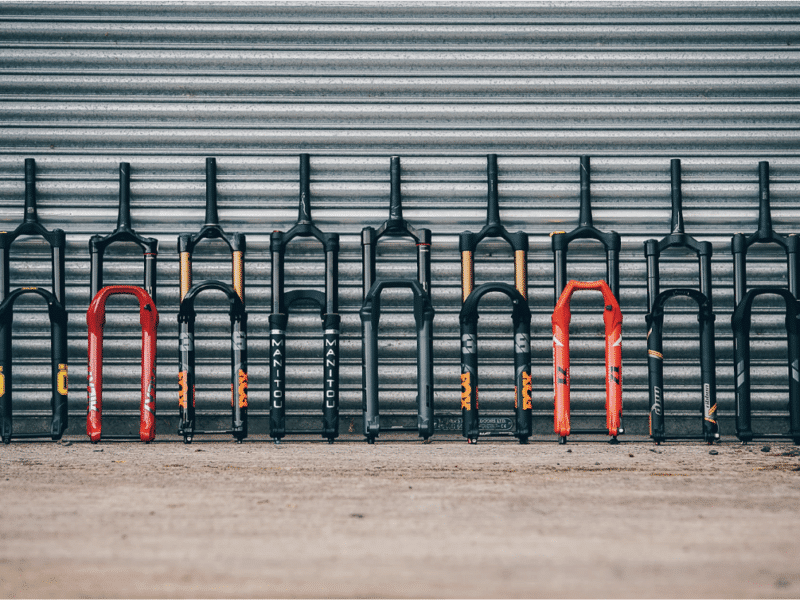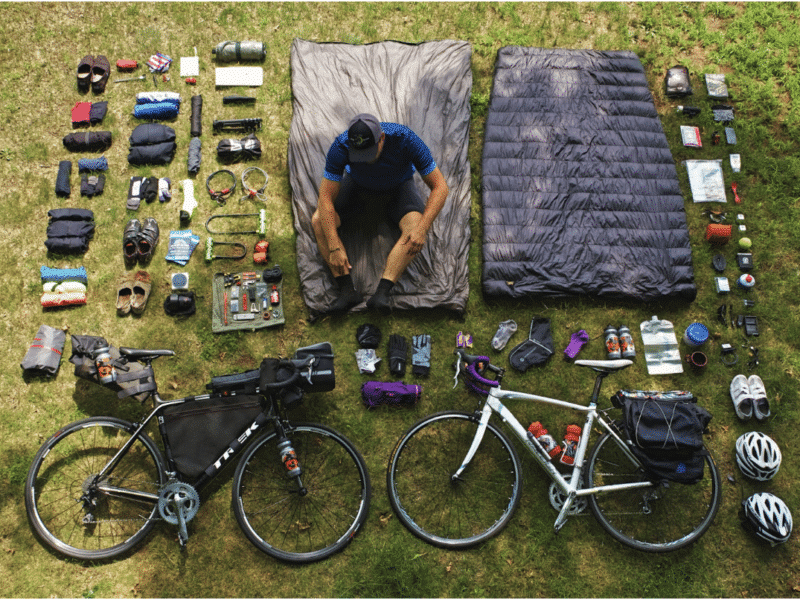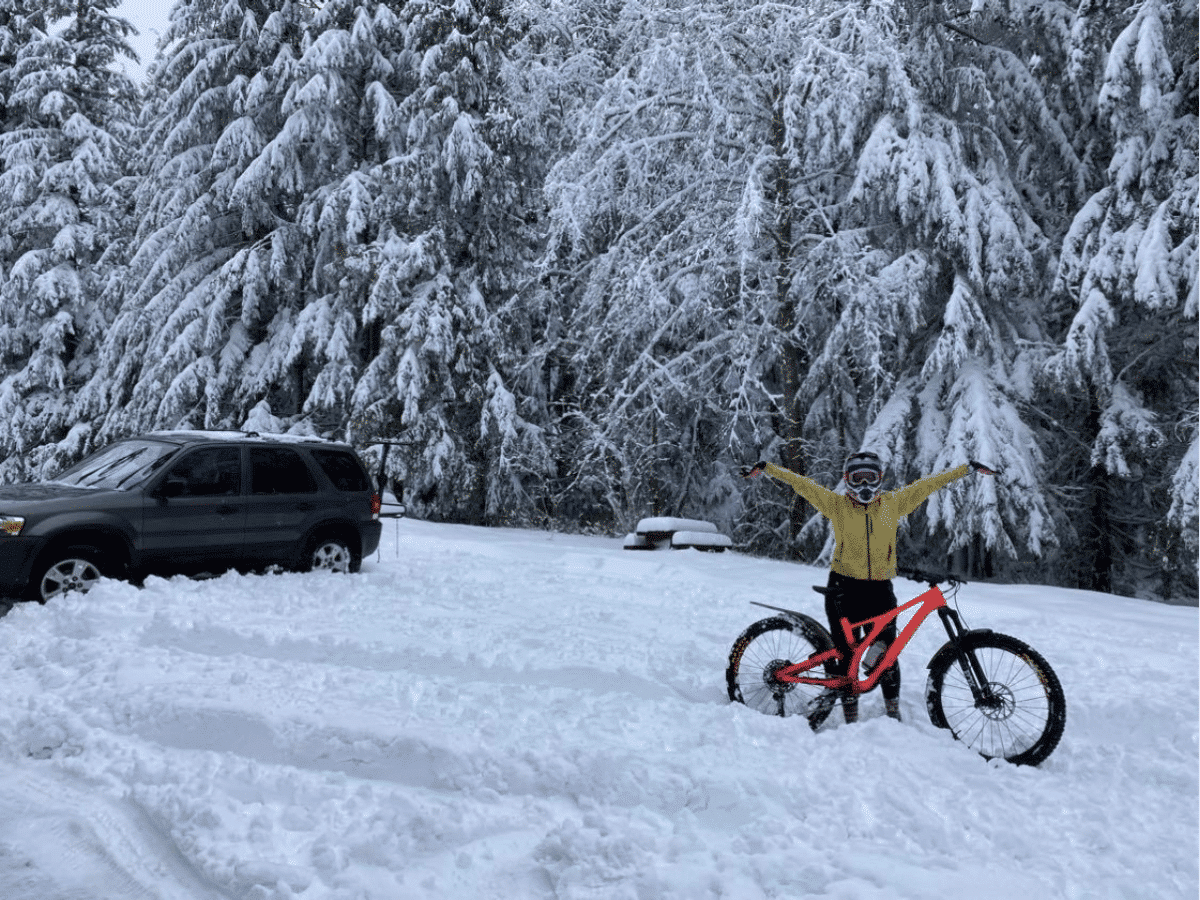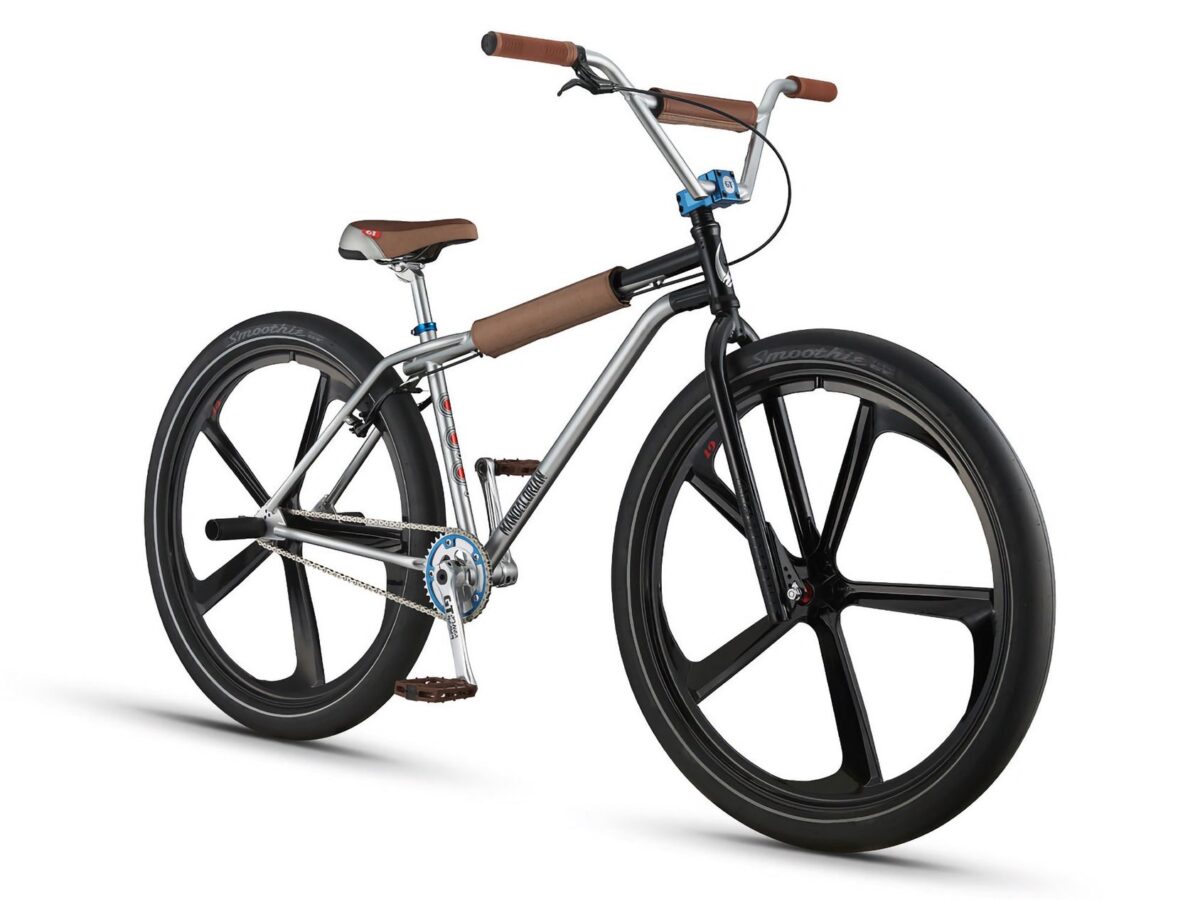One of the most important pieces of equipment for when you start riding is your helmet as this could be the thing that stands between life and death, or a serious injury because mountain biking can be a very dangerous hobby without the proper equipment. This article goes through all the different types of helmets in order to help you determine which helmet will best suit your riding style.
Different Helmet Categories
Cross-Country Helmets

One of the biggest features that you see changing between the different helmet categories is the amount of head coverage the helmets offer. Reducing weight only became the ultimate goal for a lot of riders and manufacturers a few years ago, so today the most popular cross-country helmet designs are thin and open.
Since cross-country is a riding discipline where you won’t be taking on anything too rough or sketchy, protection isn’t really the main concern that you’ll have, it’ll be the airflow and the lightweight that will be the deciding factors for you. A great example of an amazing cross-country helmet is the POC Octal MIPS, which is super light, airy and still provides enough protection for the not so extreme conditions you’ll be riding in.
Trail Helmets

Next we have the trail helmets, which are built for trails that are a little more demanding than the cross-country trails so you’ll see a level up in regards to the protection in these helmets. Since you’ll be climbing as well as descending in rough conditions, in trail riding, the perfect helmet would be a great mix between both great protection of your whole face but still have lots of vents and openings to allow for enough airflow.
A great example of a trail helmet is the Giro Source, which is actually almost as light as the cross-country helmets but it does offer more protection for the rougher trails as well. Within this category of helmets you’ll notice that they often have large visors, soft padding on the interior as well as a price tag of $100 or more. This is definitely a fast growing category for helmets as it is so versatile and many of the best designs in helmets are found in this category such as the Troy Lee Designs A2 or the Giro Manifest.
Downhill Helmets
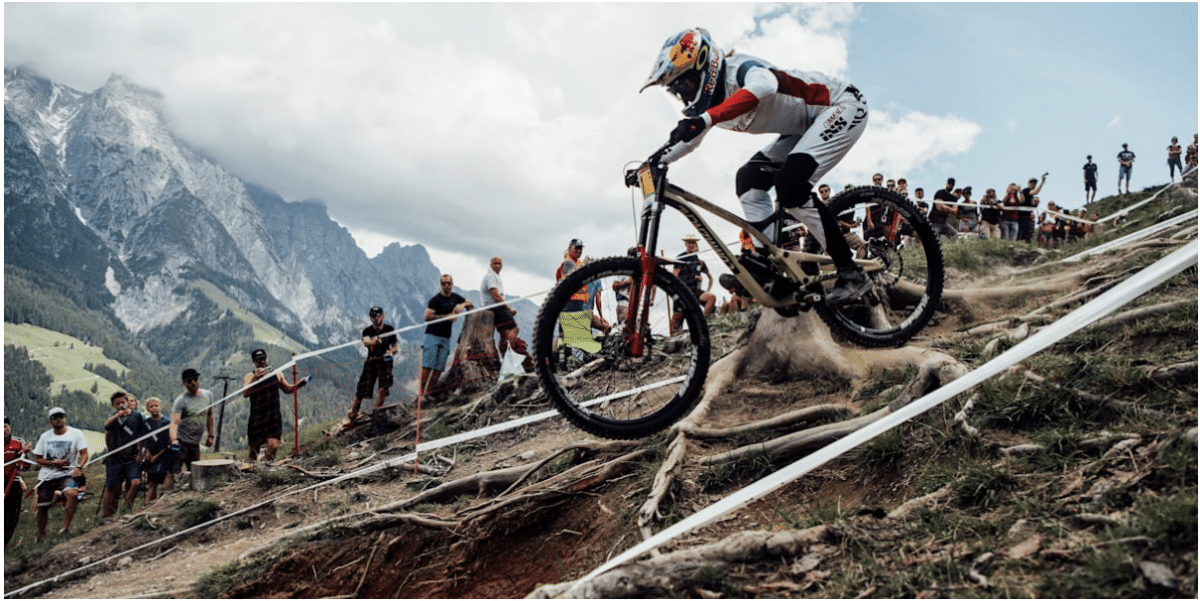
If you’re an adrenaline junkie and live for the speed that riding can offer you then you’ll probably be spending most of your time on the downhill trails. Downhill riding is the most demanding type of riding and thus demands the highest level of protection from the helmets in order to protect you, the rider.
In this category you can opt for a full-face helmet, which will give you the most protection that a helmet can but as soon as you have to pedal anywhere it will get extremely hot for you and you might just overheat. There are a few good hybrid options out there, such as the Giro Switchblade, which actually allow you to remove the chin guard and double as a traditional half-face helmet so that you are able to keep relatively cool when you aren’t on the heavy descents.
Most riders that purchase a full-face helmet only use it as a secondary helmet for when they are riding at parks or racing, and would normally have another traditional half-face helmet as their primary one for the longer days when there is any pedalling required. Some great full face options include the 100% Status and the Troy Lee Designs Stage.
Weight of your helmet
A lightweight helmet is always nice to have as it feels like it isn’t even there when you put it on, however if you want this barely-there feeling then you will have to be prepared to spend a lot of money to get it. It isn’t a great idea to judge a helmet purely on its weight because if you did so then all the old cross-country style helmets would come out on top but they wouldn’t have nearly as much protection as the more modern helmet now available to us.
For a great all-round helmet the trail helmets often offer the best options to you as they normally range from 12 to 14 ounces, which is definitely not a lot at all and won’t have you complaining on a longer bike ride. However, if you are a rider who is trying to shave off every ounce possible when they are out riding then the cross-country options may be for you as they are normally a few ounces lighter but then on the complete other end of the spectrum we have the downhill helmets, which can sometimes exceed 2 pounds. Weight of a helmet can also feel very subjective as helmets sit differently on each rider’s head, so to make sure that you have the best feeling one, in regards to weight, it is always safest to try on the different helmets to see which one you like the best.
AirFlow and Ventilation

There isn’t one discipline of mountain biking where riders don’t care for good ventilation. Even if it’s just hot outside and you aren’t even cycling, if you don’t have the right helmet you could start to work up a good sweat, which isn’t how anyone wants to start their bike ride.
Although a lot of sites show the number of vents that a helmet has, it isn’t always the best way to measure how good the ventilation is in it. Some helmets could have very few vents but their airflow technology and size of the vents could be amazing and thus have better overall ventilation than a helmet with more vents but worse airflow technology and smaller vents.
A really good design, when it comes to the ventilation of a helmet, often has a system that is able to move air from the front of the helmet to the back very efficiently. When it comes to great airflow and ventilation within helmets the Troy Lee Designs A2 and the Giro Manifest are both some great performers for you to check out.
The Fit of Your Helmet
Fit is arguably one of the most important things when it comes to purchasing a helmet that is just right for you. At the end of the day the most important thing is that your helmet isn’t too constrictive and doesn’t give you any sort of headache whilst you are standing on your pedals and grinding up a hill.
Another thing that you should be careful of is the helmet fitting loose because if it is then it will be bouncing all around when you are riding on the rougher, more demanding terrain, which can definitely work on your nerves after some time. Technology regarding the fitment of helmets has greatly improved over these recent years and nowadays you’ll easily be able to adjust the fit of your helmet by simply turning an adjuster at the back of your helmet.
Two of the most standout and popular dials amongst riders when it comes to ease of use and efficiency would be Giro’s current Roc Loc and the Boa dial. The most important thing, when it comes to these dials, is that it is able to simply click into place and stay that exact size until you wrap up your biking journey.
But before you even go about fine tuning your helmet to fit just perfectly it is important to first get the right shell size, as this can make your life a lot easier. Some of the more modern helmets available actually have a variety of sizes to match different shapes of heads and not just size so that the helmet just matches your overall head shape better.
Although there are some options out there that have a base style, which has a one-size-fits-all size, these are typically not going to offer you the best performance that serious riders out there are looking for. One-size helmets are normally quite a big size, in order to fit everyone’s head, so if you have a large head then this still might be a viable option for you. Otherwise, if you’re looking for good performance, it will be worth spending at least $60 for a good helmet that comes in multiple sizes, to make sure you get the perfect fit.
Comfort
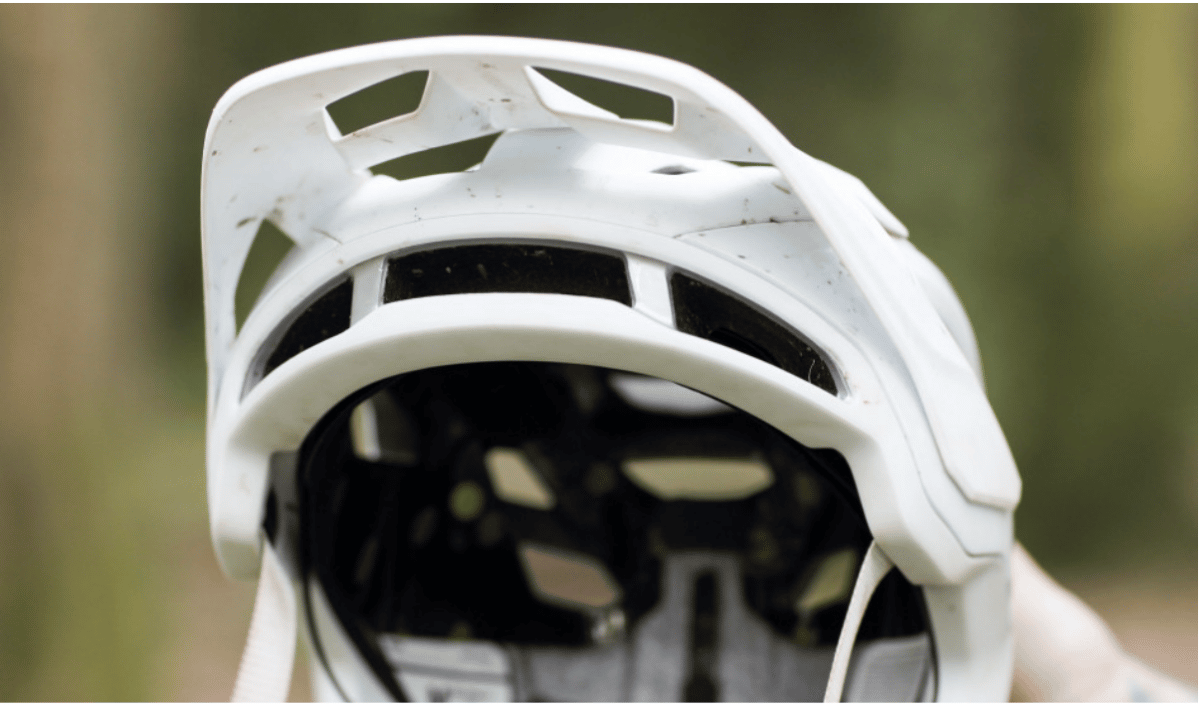
Although getting a helmet that fits correctly may play a big role in the overall comfort, the padding inside of this helmet also plays a huge role in regards to the comfort. Price and padding quality are correlated very closely with each other so if you are someone that is going to want some really great quality padding in their helmet then you will have to be ready to spend the extra bucks.
Some of the more expensive models, such as the Troy Lee Designs Stage helmet, actually have multiple sizes to choose from when it comes to the pads so that you get a custom-tailored fit of your helmet, to ensure maximum comfort. If you go for the cheaper options then you’ll more often than not see helmets use pads that lack that plush feel and this could even lead to your skin getting irritated over some time.
Another great example of a helmet that has amazing cushioning on the inside is the Troy Lee Designs A3 helmet, which is so comfortable you could even forget that you were wearing a helmet all together. You’ll also see that the sweat absorption gets better the better the padding quality gets, which can definitely be a huge advantage on the days where you are pedalling a lot or if it’s just a day that’s hotter than usual.
A feature that you have on almost every helmet is the ability to remove your liner so that you are able to clean them, but although some brands may claim that you can machine wash them it is best to stay on the safe side and hand wash them just incase, in order to avoid any breakdown of the materials.
Helmet Construction
Nearly all of the helmets available nowadays have what is called in-mould technology, this is basically a combination of both a thin shell as well as an EPS foam liner, that have been moulded together. As a result of these two together you get a piece that actually saves weight in your helmet overall and can allow for cutouts, in order to make your helmet more breathable and ventilated. The density of foam can vary from helmet to helmet in order to absorb both low and high impact blows.
Some high-end manufacturers, such as POC, have developed some more advanced methods of adding protection to their helmets by putting in a grid of Armamid fibres into the core of the helmet. What the added Armamid fibres do in the helmet is actually add more durability as well as protection in the event of a crash.
Then you also have some outliers and brands that like to do their own thing in regards to helmet protection, such as Smith’s Aerocore, which adds a layer of Koroyd, shaped in a honeycomb pattern, along the interior of their helmet. However, these other options when it comes to protection in your helmets aren’t very common at all and almost every model will use the in-mould combination system because of the amazing impact absorption and venting capabilities that it has.
Different Mountain Biking Helmet Features
Visor
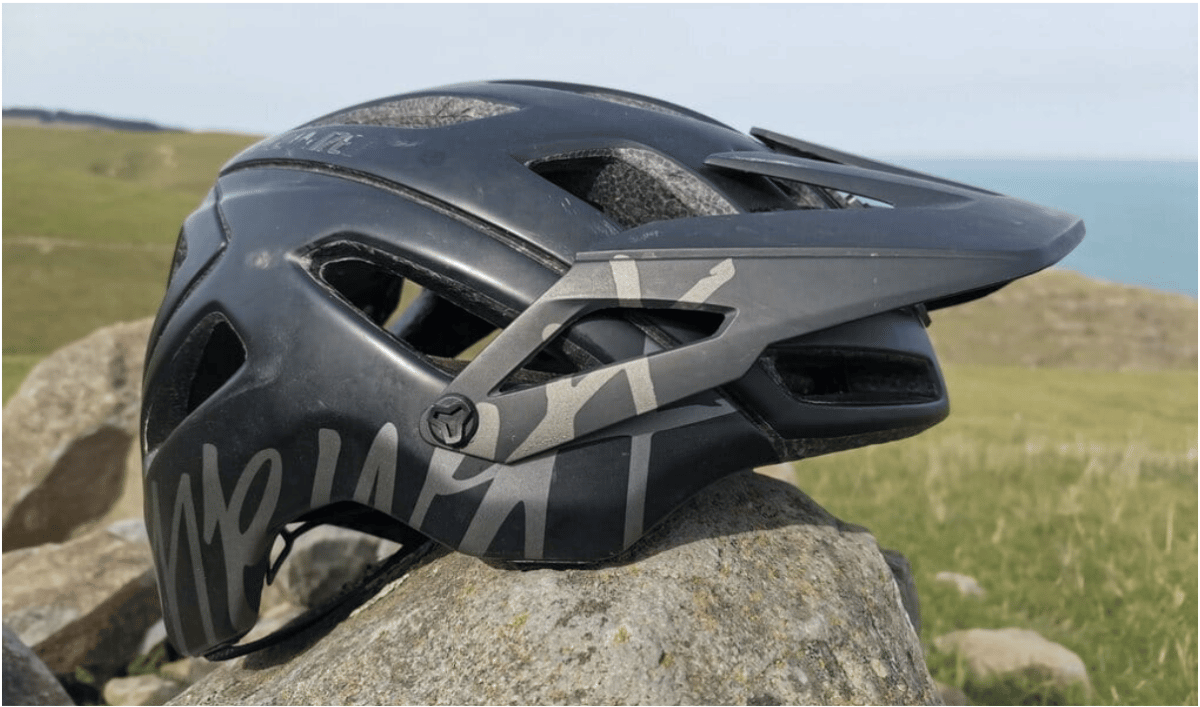
The biggest difference between a road cycling helmet and a mountain biking helmet is the fact that a mountain biking helmet will have a much larger head coverage and a visor as well. The larger visors that you get on the mountain biking helmets are really great for shielding your eyes from the sun and offer a lot more protection in weathers such as rain or if you are in a rough environment, with low hanging branches swinging in your face.
There are many different types of visor designs that come with different helmet models. An example of this is the wide and short visor that is found on the Troy Lee Designs A2 helmet whereas on Fox’s Dropframe Pro helmet the visor is long and narrow instead. More and more of the more modern helmets we see coming out are getting longer and longer visors, some even at the length of your average baseball caps.
The second thing that we see with the visors on the mountain bike helmets are that they are often adjustable. The best benefit to being able to do this is that you are able to slide it up and out of your face when you want clear and unobstructed views of the trail but then you can still slide it down when you want more protection for your eyes or face. The ability to adjust your visor up or down isn’t as commonly found on the more cross-country focused helmets, such as the Smith Convoy helmet.
It is also important to remember that not all helmets offer the same amount of adjustability of their visors, such as the Troy Lee Designs A2 helmet, which can slide up and down but not enough for you to be able to store your goggles on your helmet. This feature is definitely not as important for every rider and will be up to you to decide if you, personally, want it or not.
Goggle Compatibility
It isn’t that normal for riders to be riding around with goggles as they are huge and bulky, so as an alternative most riders use standard riding glasses to protect their eyes instead. The more coverage and protection that you get from goggles are only most popular and used in the enduro and downhill disciplines.
Riding with goggles isn’t harder than with glasses as there are no added features that you need in order to be able to ride and store your goggles, all you’ll need to make sure is that there is enough space under the bill of your helmet for them to sit on. An example of this is the Troy Lee Designs A2 helmet, which aren’t designed to be able to hold goggles under the bill but it still works very well to do so anyways.
Although extra helmet features aren’t needed for goggle compatibility, there are some helmets out there that do accommodate goggles a little better than other, mostly because they have a highly adjustable visor so that you can push it back and make extra space to stow your goggle away when you aren’t using them.
Then in disciplines, such as downhill and enduro, where goggles are a lot more popular you sometimes see that these helmets actually include a retainer strap or some sort of system at the back of their helmets that are able to keep your goggles strapped in place. A helmet that does a great job at keeping your helmet fixed in place, when stored away, is the Bell’s Sixer MIPS helmet, because it has a rubberized piece at the back of its helmet.
Mounts for Accessories
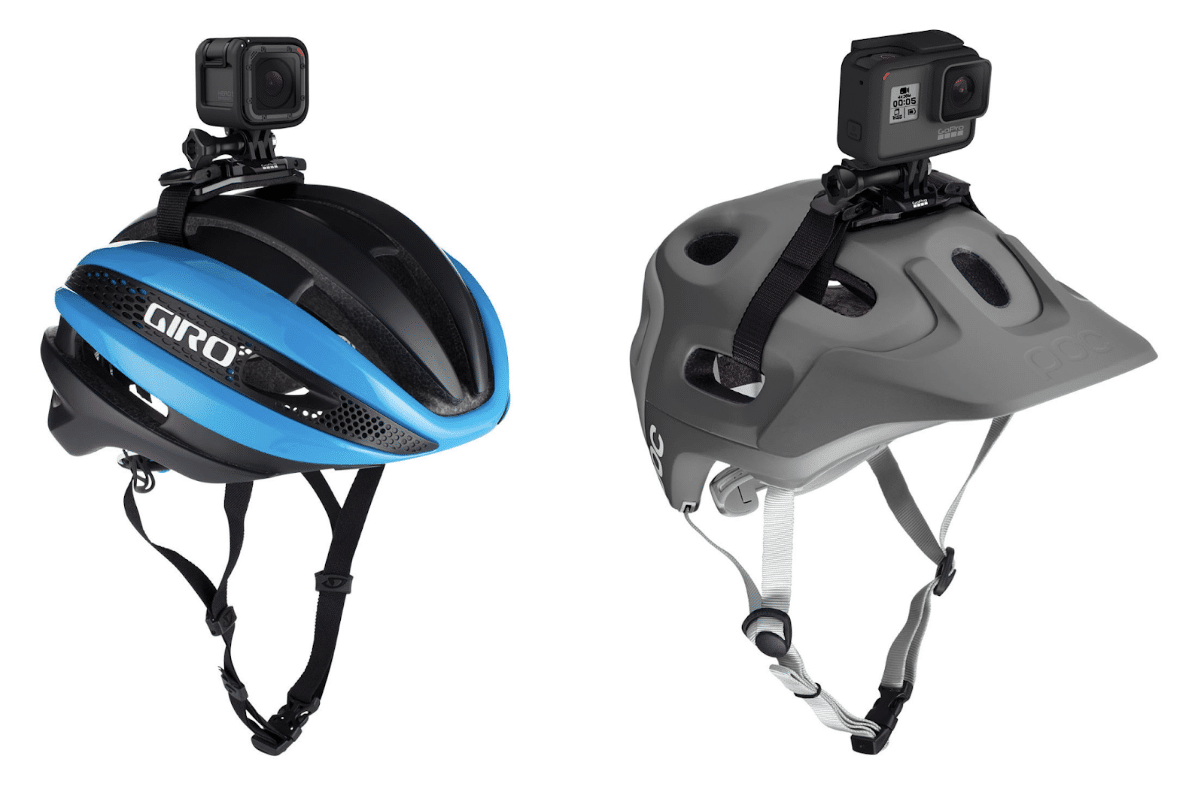
Action cameras have become an extremely popular thing in mountain biking over the recent years, as cameras have gotten better and better, and that’s why we’ve seen a lot of mountain bike helmet mounts come out over the years to help you capture a first-person perspective of your rides.
One of the most popular action cameras around, the GoPro variants, come with a sticky mount so that you are able to attach it directly to any flat spots on top of your helmet. For the more ventilated helmets, or helmets that are a bit harder to find space to paste your action camera onto, there are many brands such as GoPro and Sony that sell strap systems that can be placed into your vent openings and hold your action camera sturdily in place.
Although it isn’t that common, there are some helmets that actually come with a camera mount that has been built into the helmet already. This is definitely for a speedy action camera setup as you won’t be left guessing where the ideal camera angle is and you won’t have to waste any time setting up one of your sticky mounts.
Another great mounting option for those not looking to put anything on their helmet is to attach your action camera to your handlebars or a chest mount. These two options are much more unobtrusive and can be a smarter solution for you, if you are willing to pay a little bit extra.
Another thing that is extremely popular to mount onto the top of your helmet is a light or some sort of torch to help extend your riding season, so that you are able to ride in darker conditions. Some helmets, such as the Bell Sixer MIPS and the Blendr setup on the Bontrager’s Blaze, have built-in mounts for you to easily mount your light features on top of.
Most helmets, that are above $150, tend to have an adapter included or an integrated mount on it already. If you aren’t prepared to spend money on an adapter or mount yet then you can actually just feed the straps of your bike light through the vents on your helmet. Although this can be a very tedious way to attach your light onto your helmet it does work in most cases and allows you to save a bit of cash.
When should you replace your helmet?
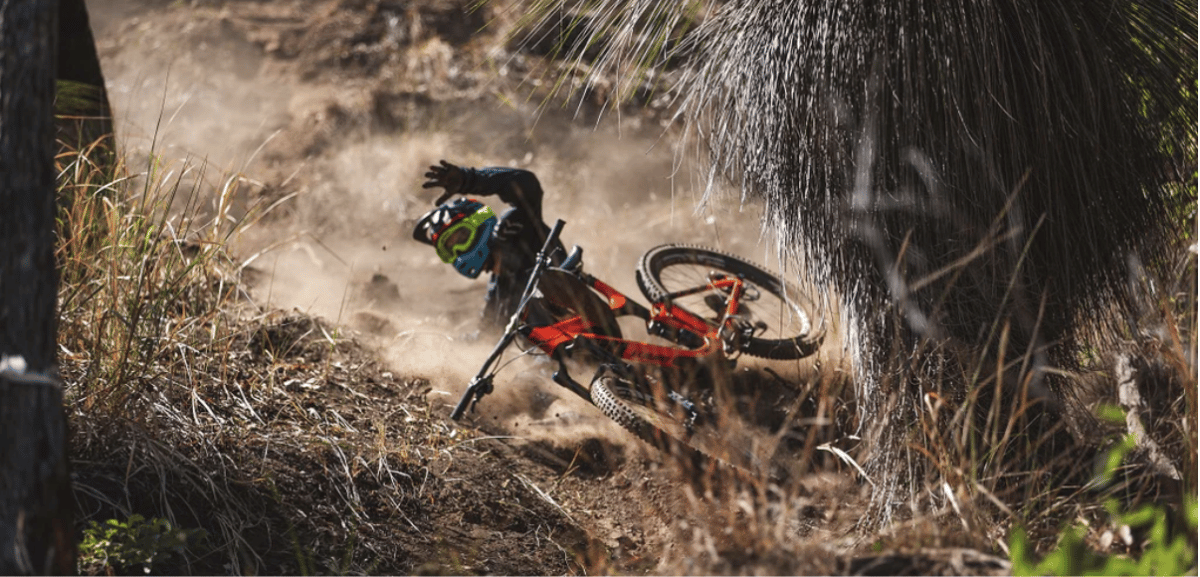
Knowing when you should change or switch out your helmet can be quite a confusing decision for riders to make and there are still debates between a lot of riders on when the perfect time is. It is also important to remember that helmets do have an expiry date and you can’t just pick up a helmet that you haven’t used in forever, without at least taking a good look at it first.
The most important thing that you have to check first is if there are any sort of cracks or noticeable splits in the foam, then check if the outer shell or inner lining has started to deteriorate. If any one of these two things apply to your helmet then it is probably time for you to get a new helmet as soon as you can and not risk your safety.
Although there have been quite a few tests over the years to test what the ideal lifespan of a helmet is, there hasn’t really been a certain and clear answer, although most manufacturers recommend that you only keep a helmet for 3 to 8 years until replacing it. Even if you find that your old helmet is still fully functional, with no signs of damage, then it still might be a good idea to upgrade to a newer one anyways since fit and safety technology has greatly improved since you got that helmet.
Then when it comes to crashing it is a lot easier to know whether or not you are going to need to buy a new helmet. If you have had a crash and the impact to your helmet was pretty big then the foam itself, inside of your helmet, will be compromised and will actually result in its performance diminishing over time. So as soon as you have had a hefty crash then it is important to replace your helmet immediately, in order to ensure maximum safety if you were to crash again in the future.
Final words
So there you have the ultimate guide to picking out your next helmet, it is important to realise that you shouldn’t cheap out when it comes to this piece of mountain biking equipment as it could save you from some serious injuries.

